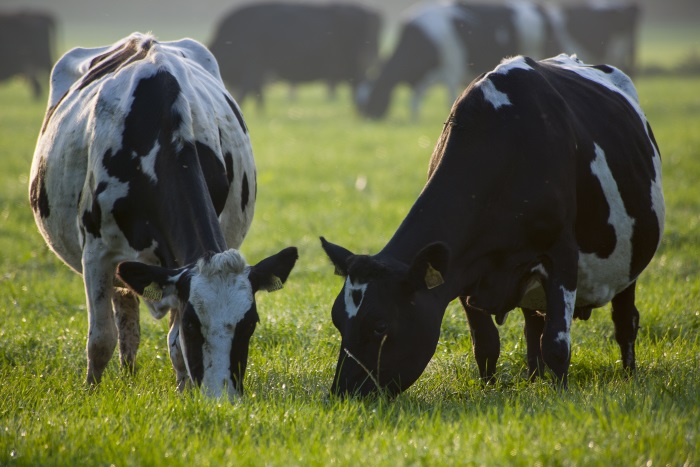Livestock farmers are being advised to vaccinate sheep and cattle for bluetongue this year in order to protect the free trading of stock, should the disease arrive in the UK.
Although bluetongue has not been seen since 2008 in the UK, the number of cases have continued to increase in France and move northwards, with trade restrictions now in place in Calais and Brittany.
While the UK is still classed as being in a vector low period, meaning the risk of bluetongue at this current time is low, the risk has not gone away, warns Carolyn Hogan, national vet manager at Zoetis.
“France is still picking up cases and as temperatures rise and midge activity increases, the risk of a disease incursion into the UK is likely to rise again, so it’s important to look at vaccinating cattle and sheep to ensure trade disruption is minimised in the event disease does make it to UK shores.”
Last September the Animal and Plant Health Agency predicted an 80% risk of disease entering the UK from France. Although thankfully the disease did not appear in the UK, there is still a risk we could see the disease in 2017.
Unlike Schmallenberg virus, which is another midge-borne disease, bluetongue is a notifiable disease.
Should it arrive back in the UK, restriction zones of 150km would be imposed around infected premises.
“This would have a significant impact on farmer’s ability to trade freely,” says Ms Hogan.
Vaccination
By vaccinating stock ahead of the active midge season, which runs from May-October, farmers can mitigate the impact of trade restrictions, should the virus enter the UK.
“A vaccination programme is a key part of the strategy to allow free trade to continue. If your flock or herd is already vaccinated, then in line with the necessary movement licences, this will help ensure the continued movement of animals without long delays,” says Ms Hogan.
The vaccines available for sheep and cattle are Zulvac® 8 Ovis, and Zulvac® 8 Bovis, respectively, which protect against Bluetongue serotype 8, the strain most prevalent in France and the one previously seen in the UK.
Vaccination of sheep and cattle with Zulvac requires two doses, given three weeks apart, and can be given to sheep from 6 weeks of age, and cattle from 3 months of age.
“From the point of an animal being vaccinated to being protected from disease is over six weeks,” says Ms Hogan.
“If bluetongue was to arrive and you were placed under movement restrictions, you need to ask yourself whether you can afford not to move stock for six weeks,” she asks.
Bluetongue in France
The disease currently circulating in France is of the same serotype as that which was detected in the UK in 2007-8.
In December 2016, 406 new cases were reported in France with 154 in January, mainly as the result of pre-movement testing.
Although scientists are uncertain as to why re-emergence occurred, the most likely explanation is that the disease has been continually circulating at a low level, unnoticed, in cattle in France since 2008 and this, coupled with a drop-in herd immunity (compulsory vaccination in France ceased in 2010) has allowed the disease to re-emerge.
Bluetongue is transmitted via the midge and disease is spread when infected midges bite an uninfected animal.
Cattle are most at risk of bluetongue as they are bigger and produce more C02, which attract the midges, with only one bite needed to set-up infection.
“It is vital farmers think about vaccination ahead of disease entering,” stressed Ms Hogan.
Symptoms
Sheep
· Ulcers in the mouth
· Discharge of mucus and drooling from mouth and nose
· Swelling of the mouth, head and neck and the coronary band (where the skin of the leg meets the horn of the foot)
Other clinical signs include:
· Red skin as a result of blood collecting beneath the surface
· Fever
· Lameness
· Breathing problems
Cattle
Cattle are the main carriers of bluetongue. Infected cattle generally do not show any signs of the disease, but occasionally signs can include:
· Swelling and ulcers in the mouth
· Nasal discharge
· Red skin and eyes as a result of blood collecting beneath the surface
· Swollen teats
· Tiredness
Other animals rarely show signs of the disease.
(Source: APHA)


